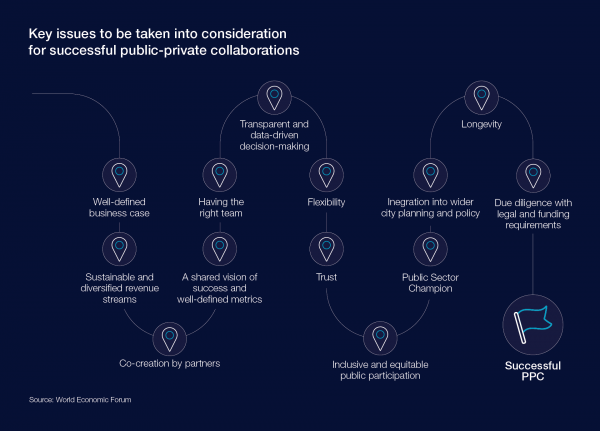Paper by Andrea Caragliu and Chiara F. Del Bo: “Ever since the emergence of digital technologies in the early 1990s, the literature has discussed the potential pitfalls of an uneven distribution of e-skills under the umbrella of the digital divide. To provide a definition of the concept, “Lloyd Morrisett coined the term digital divide to mean “a discrepancy in access to technology resources between socioeconomic groups” (Robyler and Doering, 2014, p. 27)”
Despite digital divide being high on the policy agenda, statistics suggest the persisting relevance of this issue. For instance, focusing on Europe, according to EUROSTAT statistics, in 2021 about 90 per cent of people living in Zeeland, a NUTS2 region in the Netherlands, had ordered at least once in their life goods or services over the internet for private use, against a minimum in the EU27 of 15 per cent (in the region of Yugoiztochen, in Bulgaria). In the same year, while basically all (99 per cent) interviewees in the NUTS2 region of Northern and Western Ireland declared using the internet at least once a week, the same statistic drops to two thirds of the sample in the Bulgarian region of Severozapaden. While over time these territorial divides are converging, they can still significantly affect the potential positive impact of the diffusion of digital technologies.
Over the past three years, the digital divide has been made dramatically apparent by the COVID-19 pandemic outbreak. When, during the first waves of full lockdowns enacted in most Countries, tertiary and schooling activities were moved online, many economic outcomes showed significant worsening. Among these, learning outcomes in pupils and service sectors’ productivity were particularly affected.
A simultaneous development in the scientific literature has discussed the attractive features of planning and managing cities ‘smartly’. Smart Cities have been initially identified as urban areas with a tendency to invest and deploy ICTs. More recently, this notion also started to encompass the context characteristics that make a city capable of reaping the benefits of ICTs – social and human capital, soft and hard institutions.
While mounting empirical evidence suggests a superior economic performance of Cities ticking all these boxes, the Smart City movement did not come without critiques. The debate on urban smartness as an instrument for planning and managing more efficient cities has been recently positing that Smart Cities could be raising inequalities. This effect would be due to the role of driver of smart urban transformations played by multinational corporations, who, in a dystopic view, would influence local policymakers’ agendas.
Given these issues, and our own research on Smart Cities, we started asking ourselves whether the risks of increasing inequalities associated with the Smart City model were substantiated. To this end, we focused on empirically verifying whether cities moving forward along the smart city model were facing increases in income and digital inequalities. We answered the first question in Caragliu and Del Bo (2022), and found compelling evidence that smart city characteristics actually decrease income inequalities…(More)”.

